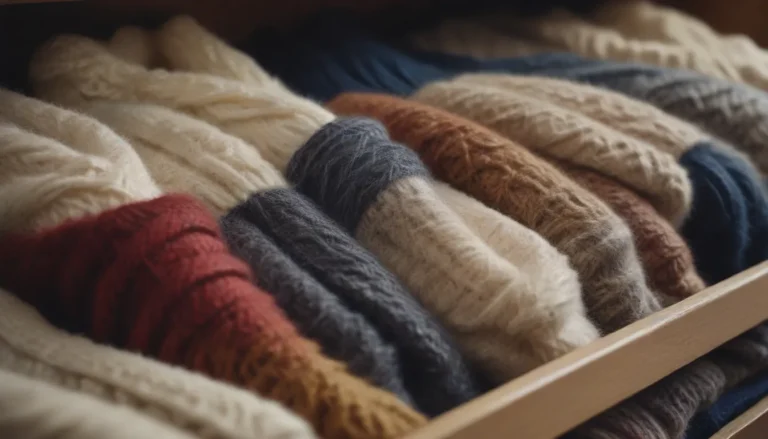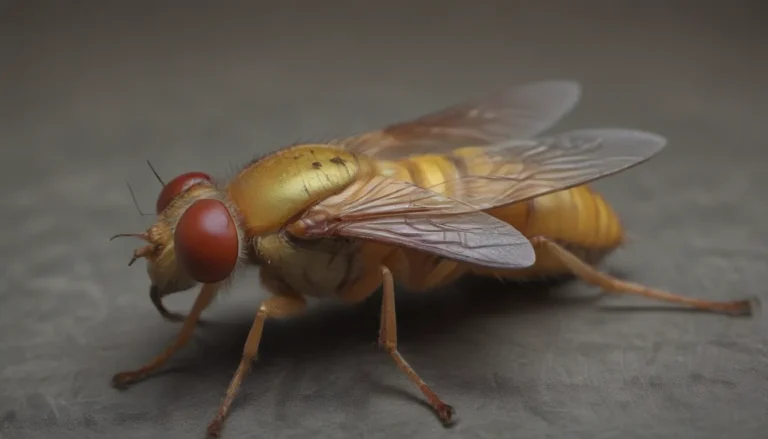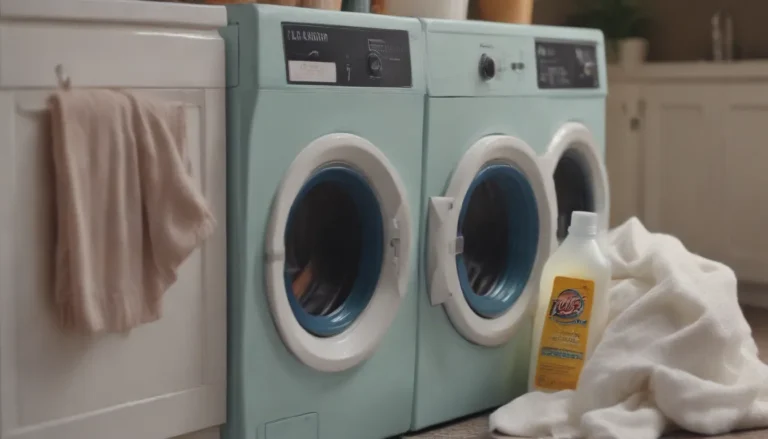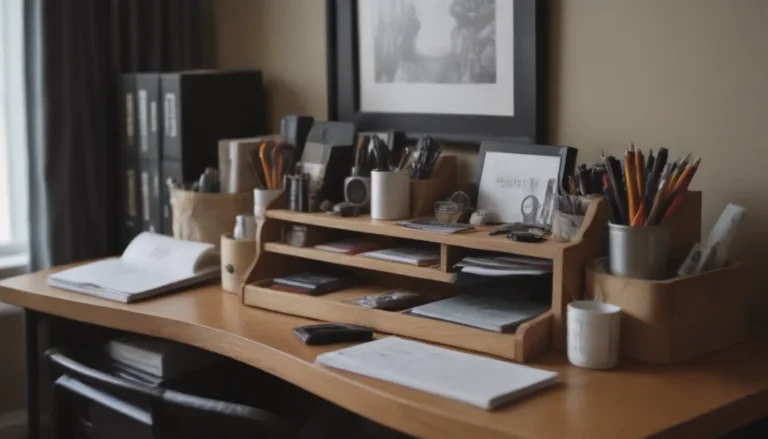The Ultimate Guide to Removing and Preventing Pilling on Clothes
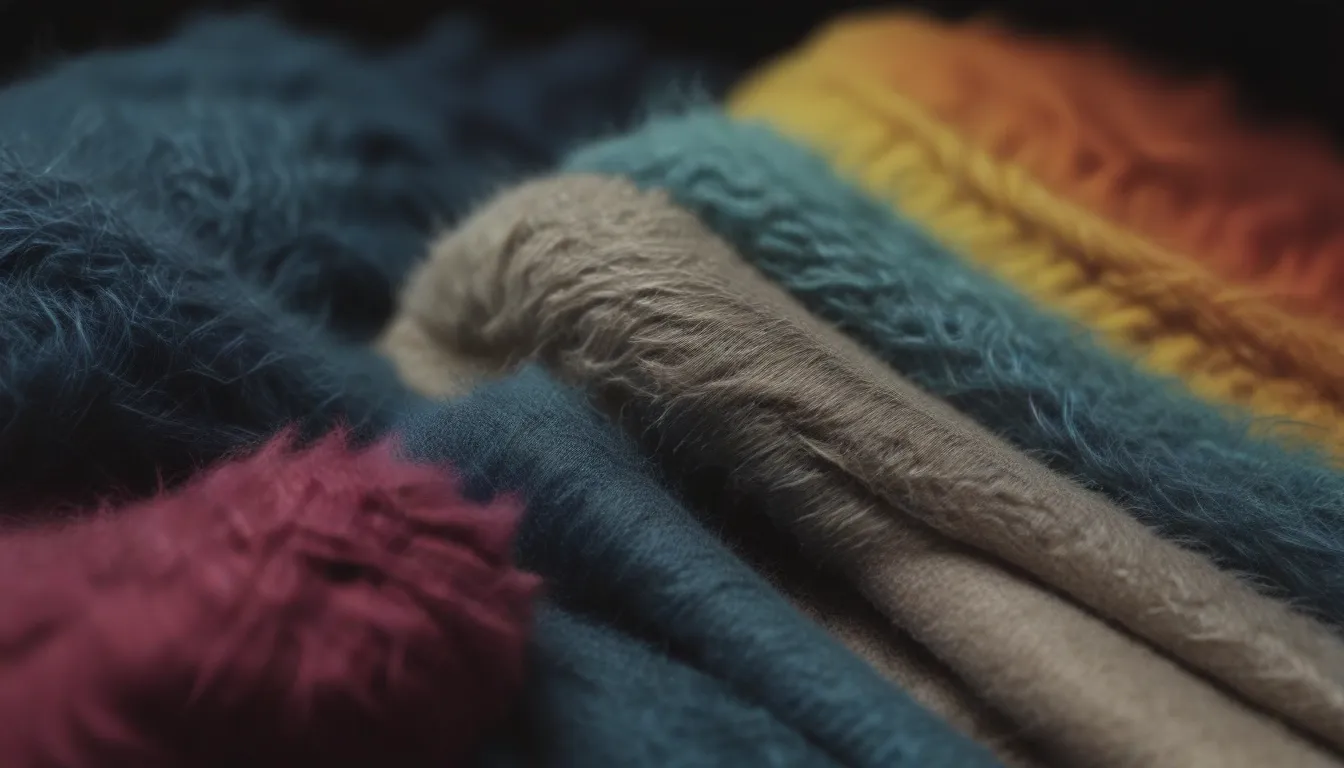
Pilling on clothes can be a frustrating issue that can quickly turn your favorite garment into a less-than-desirable mess. In this comprehensive guide, we will explore the causes of pilling, effective ways to remove pills from your clothing, and practical tips for preventing pilling in the future. Say goodbye to those pesky little nubs and keep your clothes looking fresh and new for longer!
What Causes Pills to Appear on Clothes?
Pills, those tiny knots of thread or fuzz, typically form on fabric when groups of short or broken fibers become tangled together in a ball or knot. The friction and abrasion that occur during normal wear and use can cause these fibers to intertwine and create the unwanted pilling effect on your clothes.
Here are some common areas where you might notice pilling on your garments:
– Center of bed sheets
– Under the arms of clothes
– Around the collar and cuffs of shirts
– Between the thighs and on the rear of pants
While it is challenging to predict exactly which fabrics will pill, certain types of fabrics and fibers are more prone to pilling than others. Knitted fabrics, for example, are more likely to pill compared to woven fabrics due to their looser threads. Fabrics woven with long threads like silk and linen tend to pill less than wool, cotton, polyester, and other synthetic materials.
How to Remove Pills on Clothes
If you’ve already noticed pills on your favorite clothing items, fear not! There are several effective methods for removing those pesky pills and restoring your garments to their former glory:
- Use a fabric shaver: A fabric shaver is a handy tool specifically designed to remove pills from fabric without causing damage to the garment.
- Use scissors or a safety razor: Carefully trim away the pills using sharp scissors or a safety razor. Be sure to work gently to avoid cutting the fabric.
- Use a lint roller: A lint roller can be a quick and easy way to remove pills from your clothes, especially in hard-to-reach areas.
Tip: If you encounter a pill that becomes a snag while trying to remove it, follow these tips to fix the snag and save the garment.
How to Prevent Pills on Clothes
Prevention is key when it comes to avoiding pilling on your clothes. By following these practical tips, you can help minimize the occurrence of pills and keep your garments looking fresh and new:
- Handle with care: High-quality, expensive fabrics can still pill if not cleaned or handled correctly. Be gentle when washing and drying your clothes to prevent unnecessary wear and tear.
- Remove pills promptly: As soon as you notice pills forming on your clothes, take action to remove them using a fabric shaver or other method to prevent them from worsening.
- Wash leggings separately: Leggings are prone to pilling, especially in the crotch area where fabric rubs together with each step. Wash leggings separately to prevent lint and pills from forming.
- Use dryer balls: Natural wool dryer balls can help prevent pilling by allowing clothes to dry more quickly and evenly. Avoid using plastic dryer balls that may snag fabrics.
- Adjust your laundry habits: If pills continue to appear on your fabrics, consider making changes to your laundry routine. Avoid washing clothes on high heat or using harsh detergents that can damage the fibers.
It’s important to note that once pills begin to form on a garment, they are likely to continue appearing unless proactive measures are taken to address the underlying causes. By following these tips and incorporating preventive strategies into your laundry routine, you can keep pilling at bay and prolong the life of your favorite clothes.
Remember, prevention is always better than cure when it comes to dealing with pilling on clothes. Stay proactive and keep your wardrobe looking fresh and pristine for years to come!
To learn more about the science behind pilling and effective strategies for preventing it, check out the study on pilling performance of polyester-cotton blended woven fabrics in the Journal of Engineered Fibers and Fabrics, Volume 15, 2020 (doi:10.1177/1558925020966665).
In conclusion, taking the time to properly care for your clothes and address pilling issues can make a significant difference in the longevity and appearance of your wardrobe. By following the tips outlined in this guide, you can say goodbye to pilling woes and keep your clothes looking their best. Happy laundering!
